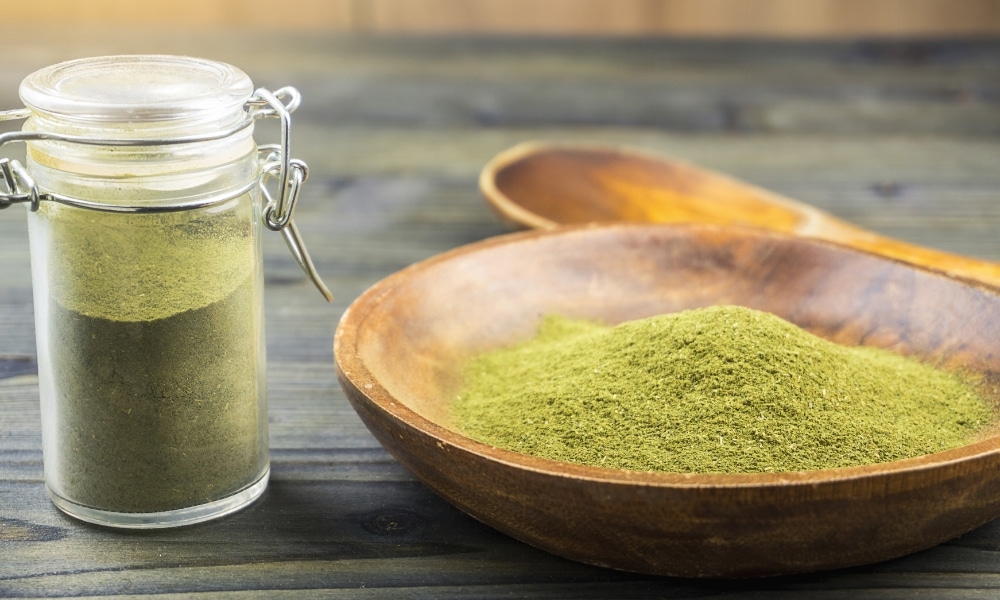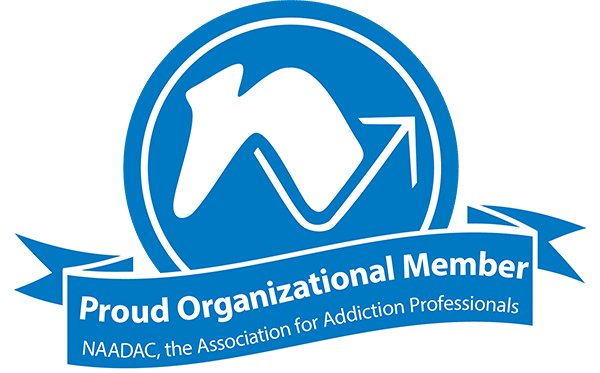Skip To Section
Kratom, a herbal substance that has risen in popularity due to its perceived benefits, such as pain relief and mood enhancement, is increasingly under the microscope for its potential health risks and safety concerns. Derived from the leaves of the Mitragyna speciosa tree found in Southeast Asia, kratom’s effects are complex and can vary significantly depending on the dose and strain.
However, amidst its growing use as an alternative to traditional medications and drugs, there are increasing reports and studies highlighting the darker side of kratom consumption. This includes potential for addiction, overdose, interactions with other substances, and even death.
As we delve into the intricacies of kratom’s impact on human health, it is crucial to approach this topic with balanced scrutiny—acknowledging both its therapeutic potential and the very real risks associated with its misuse. Understanding these facets is essential for individuals considering kratom as well as for policymakers regulating its use.

What Is Kratom?
Kratom is a mind-altering substance derived from a tropical tree that is native to Southeast Asia. The leaves of the tree have psychotropic elements in them that cause a high when ingested.
The most common ways to consume kratom are as a pill, capsule, or extract. Kratom leaves can also be chewed, brewed as a tea, smoked, or eaten when mixed into food.
Additional names for kratom include:
- Ketum
- Kakuam
- Biak
- Thom
- Ithang
Traditionally, kratom was used by people in Southeast Asia to treat mild symptoms of discomfort, such as pain, cough, fatigue, and diarrhea.
When used in small doses, kratom can be an effective herbal stimulant or form of pain relief. In recent years, however, people in the United States have increasingly been misusing kratom for the high it can produce.
Why Do People Take Kratom?
People take kratom for the pleasant and stimulating effects it can produce. The drug produces a high that is similar to that associated with opioids or stimulants.
When large amounts of kratom are taken, opioid-like effects may occur:
- Feelings of pleasure
- Sedation
- Decreased pain
Smaller doses of kratom are known to produce more stimulant-like effects on the brain:
- Increased energy
- Alertness
- Increased sociability
Proponents of kratom believe the supplement is a natural way to increase energy, enhance mood, relieve pain, and even ease the discomfort of opioid withdrawal. When used by healthy individuals in small doses, these claims may be true. Medical and substance abuse professionals warn against experimenting with kratom, however, as it can be both unsafe and ineffective.
Is Kratom Legal?
Kratom is currently legal in the United States, though the Drug Enforcement Agency (DEA) has labeled it as a “drug of concern” because of its potential health risks. In other countries, including Thailand, Australia, Malaysia, and many countries belonging to the European Union, kratom is illegal.
In the U.S., it is legal and easy to order kratom over the Internet in multiple forms. It is often sold in packets as a green powder, gum, or extract. Ordering any type of drug over the internet is risky, as the contents of what you are buying cannot be guaranteed, and the risk of consuming a contaminated product is high.
Side Effects of Kratom Use
Although the above side effects are often desired by kratom users, it is possible to experience unpleasant and dangerous side effects. The National Institute on Drug Abuse (NIDA) warns about these negative side effects of kratom:
- Nausea
- Excessive sweating
- Dry mouth
- Itchiness
- Constipation
- Increased need to urinate
- Reduced appetite
- Seizures
- Hallucinations
- Psychosis
In addition to these negative side effects, more serious complications like addiction, withdrawal, overdose, and death have been reported.
Kratom can be purchased far more easily than prescription drugs, so it is easy for people to experiment with it on their own for both medical and recreational reasons. As an unregulated substance, however, kratom use can be very risky.
"*" indicates required fields
Fill out the form below and one of our admissions team members will reach out to you:
"*" indicates required fields
Is Kratom Dangerous?
In 2017, the Food and Drug Administration (FDA) reported at least 152 drug-related deaths that involved kratom as well as other drugs, such as alcohol, caffeine, fentanyl, benzodiazepines, and cocaine.
In 2019, the CDC released data from 2016-2017 stating that, of the 27,338 unintentional drug overdose deaths, 152 contained kratom in the United States. The report also found that 91 overdose deaths were caused by kratom, 7 of which were caused solely by kratom.
Kratom Use Statistics
There are very few statistics on current kratom use, as its use has only recently grown in popularity. Increasing numbers of people are using kratom as an herbal form of chronic pain relief or to help themselves detox from opioids.
From the reports that have been made about kratom use and abuse in the U.S., the following statistics have been discovered:
- The majority of people using kratom are middle-aged and from a middle-income level.
- Most people who report using kratom also report living with chronic pain.
- Between 2011 and 2016, poison control hotlines experienced a 50-fold increase in calls related to kratom overdoses.
- From 2011 to 2017, 9 out of 11 deaths reported in a study completed by the National Poison Data System were associated with kratom use.
- In most cases of kratom overdose, kratom was laced with other substances.
Is Kratom Addictive?
Yes, due to the drug’s opioid-like and stimulant-like effects, it is possible to become addicted to kratom. Kratom targets the pleasure and reward centers of the brain that drive addiction.
The Drug Enforcement Administration (DEA) recognizes that long-term use of kratom can lead to these symptoms of addiction:
- Mental confusion
- Delusions
- Hallucinations
- Eating disorders
- Weight loss
- Insomnia
The Federal Drug Administration (FDA) warns against kratom use because, like opioids, it affects opioid receptors in the brain. For this reason, the FDA believes that kratom puts people at risk for addiction, dependence, and abuse. As a result, kratom has not received approval for any medical uses. They stress that more research is needed to fully understand the safety of the drug and the risks associated with consumption.
Withdrawal from Kratom
People have reported becoming addicted to kratom and experiencing withdrawal symptoms when they attempt to stop using it. These are known symptoms of kratom withdrawal:
- Muscle aches and pains
- Insomnia
- Irritability and hostility
- Aggression
- Emotional changes
- Jerky body movements
- Runny nose
- Watery eyes
- Cravings
- Sweating
- Hot flashes
- Tremors
- Anxiety
- Depression
Depending on the length and extent of kratom use, as well as your personal physiological response to the drug, withdrawal from kratom typically lasts about three days. You can expect symptoms to begin with 12 to 48 hours of stopping the drug.
In general, withdrawal from kratom is similar to withdrawal from opioids, though usually less intense and shorter in duration. Some people report experiencing no withdrawal symptoms at all.
The severity of kratom withdrawal varies from person to person. If you are struggling with how to cope with your withdrawal symptoms, get professional help. Relapse is likely during detox if you are struggling.
Getting Help for Kratom Addiction
Currently, there are not any medical treatments or therapies designed specifically for kratom addiction. Drug treatment programs that include behavioral therapy have been effective for people working to stop kratom abuse, says NIDA.
If you want to find a substance abuse treatment program that could help you with kratom addiction, your health care provider is a great place to start. Doctors and nurses are well informed about treatment options in your area that could be right for you.
If you prefer not to speak to your doctor about a substance abuse issue, or you don’t have a doctor, the Substance Abuse and Mental Health Services Administration (SAMHSA) provides free and confidential resources to help you find treatment.
SAMHSA’s online Behavioral Health Treatment Services Locator is a good place to start your search for a treatment program. It provides information about substance abuse and mental health treatment facilities based on location. Treatment facilities are located all over the country.
You don’t have to struggle with ongoing addiction to kratom or any other substance. Professional treatment can help you stop abusing drugs and find a healthy footing in life. Call our admissions team today to learn more about getting help.
- Kratom | National Institute on Drug Abuse (NIDA)
- Is kratom safe? Risks and effects
- Kratom: Unsafe and ineffective – Mayo Clinic
- Kratom: Is It Safe?
- Kratom and the Opioid Crisis – PMC
- Treatment for Opioid Addiction
- Drug Fact Sheet: Kratom – DEA
- Notes from the Field: Unintentional Drug Overdose Deaths with Kratom Detected — 27 States, July 2016–December 2017 | MMWR
- Kratom – DEA
- FDA and Kratom – FDA
- FindTreatment.gov
Our admissions team is available 24/7 to listen to your story and help you get started with the next steps.








